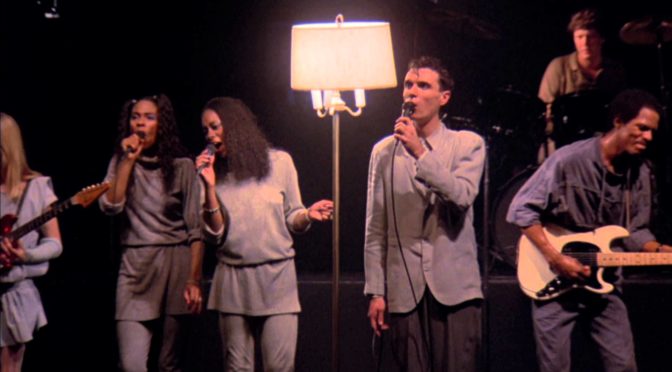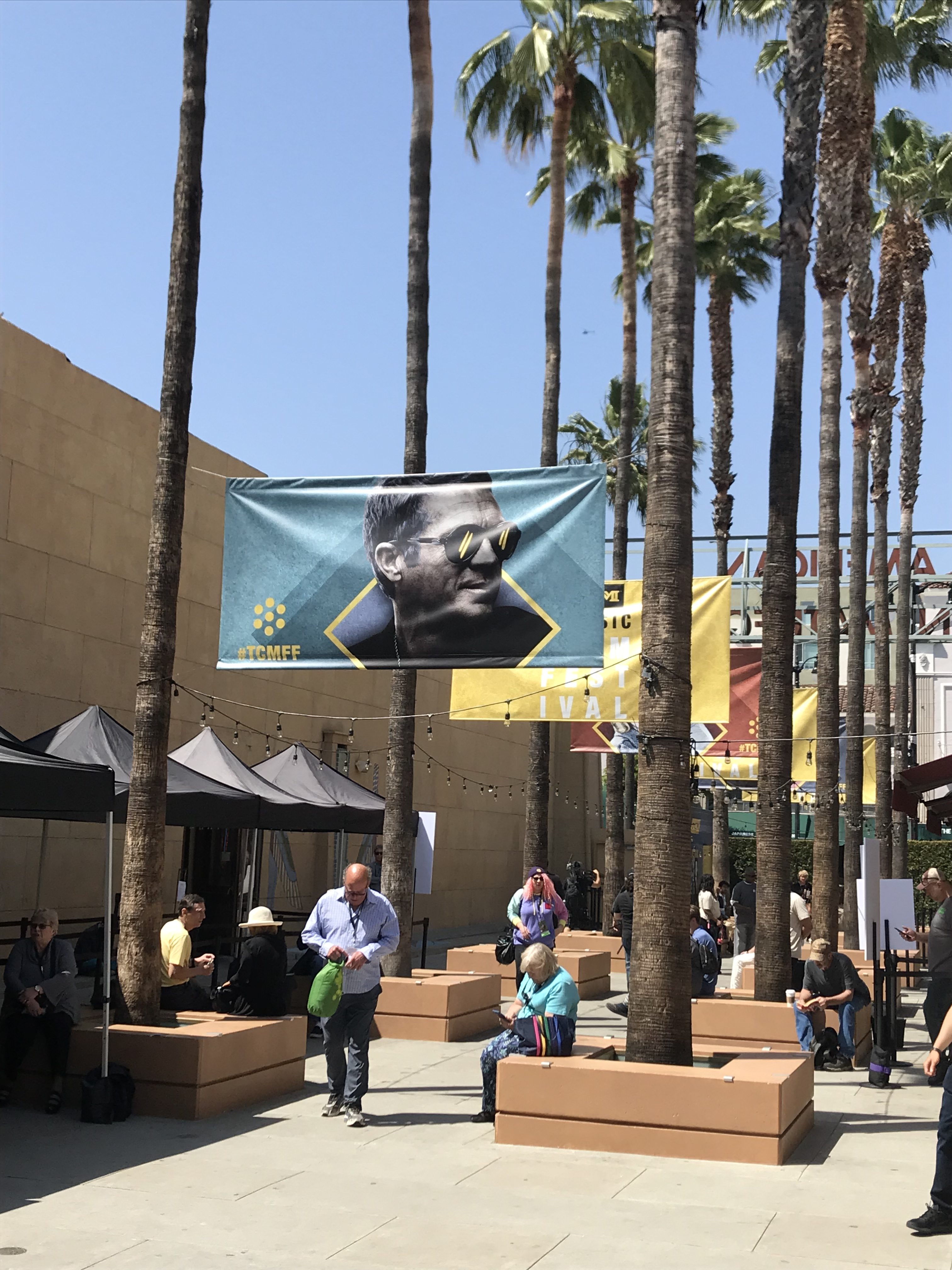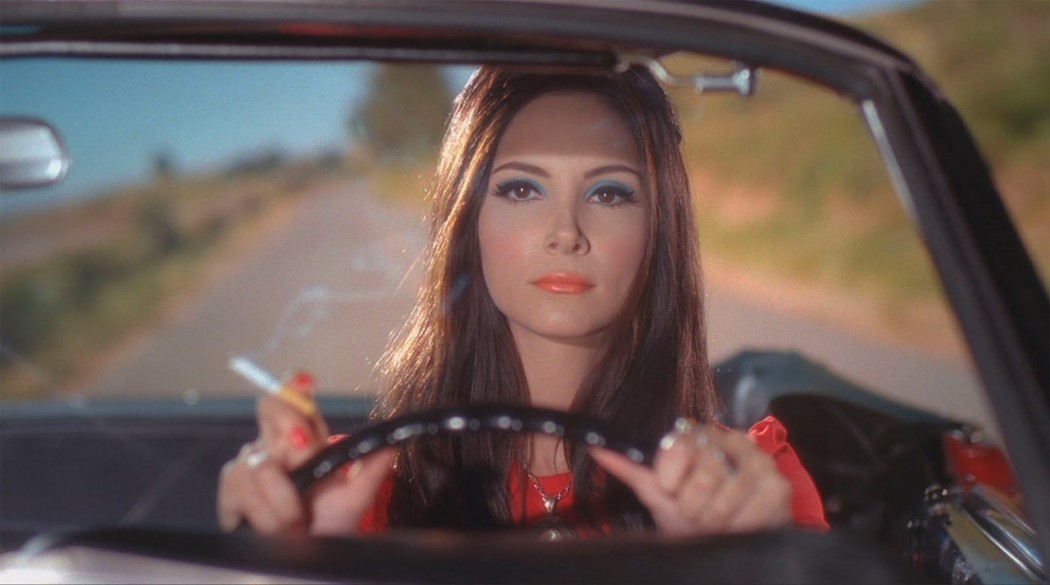Cinema Shame: Stop Making Sense
Scratching another entry off my 2018 Shame Statement.
I love experiencing live music — there’s so much more revealed about the band and the eccentricities of the music than what can be conveyed through a studio recording. A recording mutes personality, often diluting aural idiosyncrasy in favor of glossy palatability.
Concert films, meanwhile, have never been much more than a filmed concert for me. A concert on film is nice, but it’s not like you’re actually experiencing the live show. You’re watching a recording, just as you’re listening to a recording on an album. The music’s not too loud. The beer’s not too warm. The cat on the couch next to you is far less annoying than the drunken malaprop that’s singing all the wrong words to your favorite songs and invading your space.
So what I’m saying is that there’s benefit to a filmed concert — accessibility, convenience — but I’ve never seen a concert film that struck me as pure cinema. Until now.
But push this meditation on “the concert film” aside to consider why it’s absurd that I’ve never before watched Jonathan Demme’s Stop Making Sense.
The damning evidence. My most spun vinyl record:

If we’re gauging my musical tastes and allegiances based on the lists every music fan makes, Talking Heads would also appear in my Top 10 albums (Remain in Light), Top 5 favorite bands/artists, and log at least 3 or 4 tracks in my Top 100 favorite songs.
Hence my shame.
At some point I arbitrarily decided to wait to see Stop Making Sense until I could see it on the big screen. I made this determination because of my aforementioned thoughts on concert films. I wanted to feel present at the original venue. Unfortunately my repertory migrations never allowed such a thing to happen. Finally, I broke down and popped in the Blu-ray disc. The time had come to break the seal.

After the credits (I have always loved this font) David Byrne steps up to the microphone. At best he saunters. All we see are his white sneakers and the cuff of the pants from his now famous grey suit. He sets a boombox down next to the microphone stand, presses play and starts strumming a low-key rendition of “Psycho Killer” along with the music emanating from the tape deck.
The boombox cannot, of course, project sound throughout a concert venue in this fashion. In this instance, it’s a Roland TR-808 drum machine, spilling through the venue’s speakers. The drum machine rat-a-tat echoes like gunshots — Byrne staggers. He envisioned this as an echo of the ending to Jean-Luc Godard’s Breathless as Jean-Paul Belmondo has been ambushed by gunfire.
This is a visual cue, seemingly a comment on the nature of pre-recorded music in an new age — one marked by a shift towards consumerism and ownership. Even the music at a Talking Heads concert comes pre-recorded these days. My concerns about the cinematic nature of Stop Making Sense disappear.
Here’s the opening of the film:
Within the last few years, I’ve come to prefer to this version of “Psycho Killer” to the studio recording. The down-tempo pace and David Byrne’s foregrounded vocals over acoustic rhythm guitar and the drum machine change our emotional response. I’ve always admired Talking Heads’ ability to craft mid-tempo pop music. Songs that feel faster and more accessible than they really are. This highlights that phenomenon by taking arguably the band’s widely recognized track and rendering it a completely different beast. A minimal and more deliberate “Psycho Killer” feels like a dirge rather than a ditty.
As this opening set continues, more members of the band join Byrne on stage. First Tina Weymouth on “Heaven” then Christ Frantz on “Thank You For Sending Me an Angel” and finally Jerry Harrison on “Found a Job.” As the band grows, so too does the additional equipment and musicians that appear on stage.
The band finally reaches maximum capacity when it launches into “Burning Down the House.” (The original 1985 home video release has the band performing “Cities” first, however.) It’s a cathartic moment, a build to a euphoric release both for the listener and the band. After the incomplete band migrates through stripped down versions of the tracklist, everyone on stage lets loose in the complete ensemble. Wait for David Byrne to unleash fury during the extended finale and outtro.
Demme’s influence on the film becomes apparent during this sequence as well. He’s not focused on the music. Each band member’s personality becomes the most important aspect of the film. We all know “Burning Down the House” — and the music becomes something more like a score to a Jonathan Demme movie about a band called Talking Heads rather than our single reason for watching.
Not only is this the best seat in the house; you’re the only viewer. You are omniscient, standing on stage and witnessing musical genius at play through a macro lens. You might not care about Talking Heads’ music, but I find it hard to believe you could watch this film and not respect David Byrne’s and the band’s cerebral ability to command a stage. He’s some unique brand of buttoned-down mania.
Byrne’s wardrobe also provides a glimpse into his mental acuity when it comes to music and performance. His “big suit” grows larger as the concert progresses. The suit become an icon for the film — and even appeared on the movie poster. Eventually he comes back on stage engulfed by the suit. His comically tiny-looking head sticking out through the engorged jacket. He doesn’t call attention to the changes, he’s just shrinking as the concert rolls along.

Byrne later explained his methodology: “I wanted my head to appear smaller and the easiest way to do that was to make my body bigger, because music is very physical and often the body understands it before the head.” He said he was inspired by Japanese theater — Noh, Kabuki and Banraku — when creating the costume. The manipulation of audience response through artificiality.
I’ve watched dozens of films as a result of this Cinema Shame exercise and I’ve ultimately loved a great many of them. Jonathan Demme’s Stop Making Sense, however, just became the first film I can’t comprehend not having in my life. It’s almost like I hadn’t even really heard the soundtrack. The film’s opening and the gradual gathering of bandmates gives extra context to the sparse compositions that begin the album. I’ve heard so much more in the music now that I’ve seen the concert film.
That is something I never thought I’d say.
2018 Shame Statement Update:
(Bold/linked denotes watched)
Five Easy Pieces
Lifeboat
Stop Making Sense
The Black Pirate
Henry: Portrait of a Serial Killer
Paris, Texas
Wuthering Heights
Paper Moon
Sunrise
The Conversation
Victor/Victoria
Once Upon a Time in the West
Ikiru
Help!
Cinema Shame Monthly Prompts:
January Prompt: Shame Statement
February Prompt: An American In Paris
March Prompt: The Crimson Pirate



